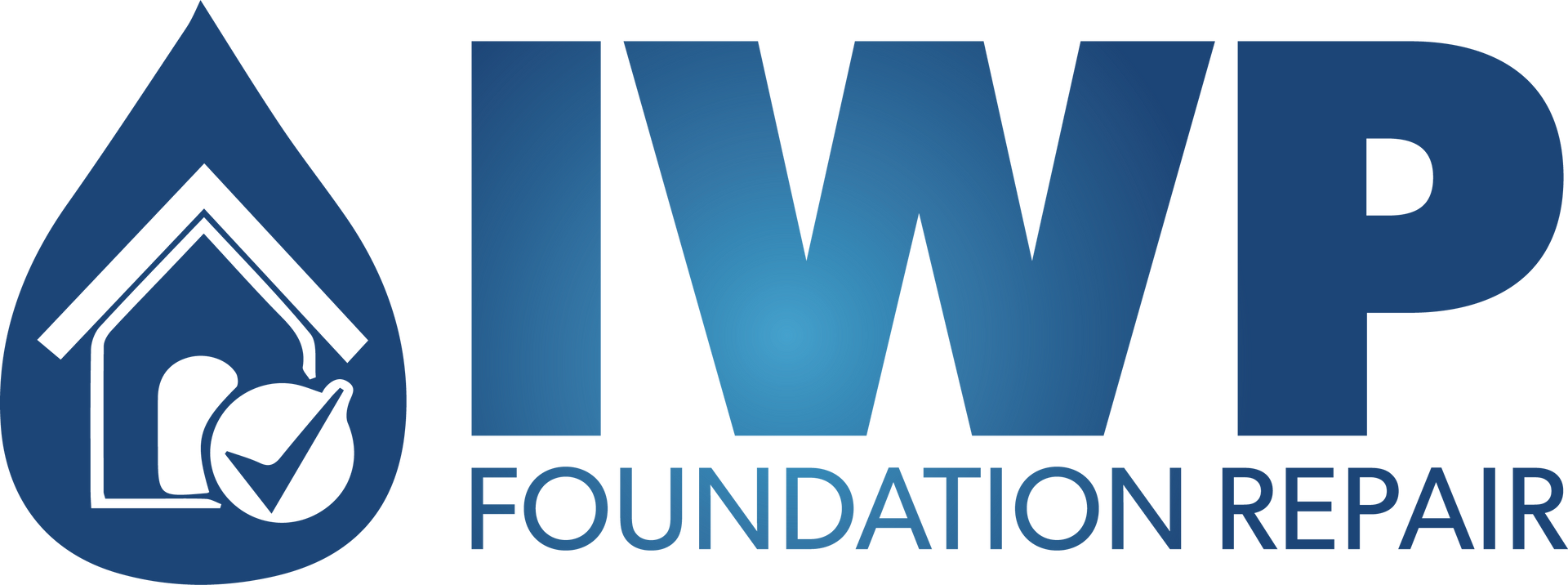10 Home Improvement Projects to Tackle Over Spring Break
Spring break is just around the corner, and for many homeowners, it's the perfect opportunity to tackle some much-needed home improvement protects. Whether you're looking to enhance your home's curb appeal, increase its functionality, or simply refresh up its appearance, there are plenty of projects to keep you busy during the break.
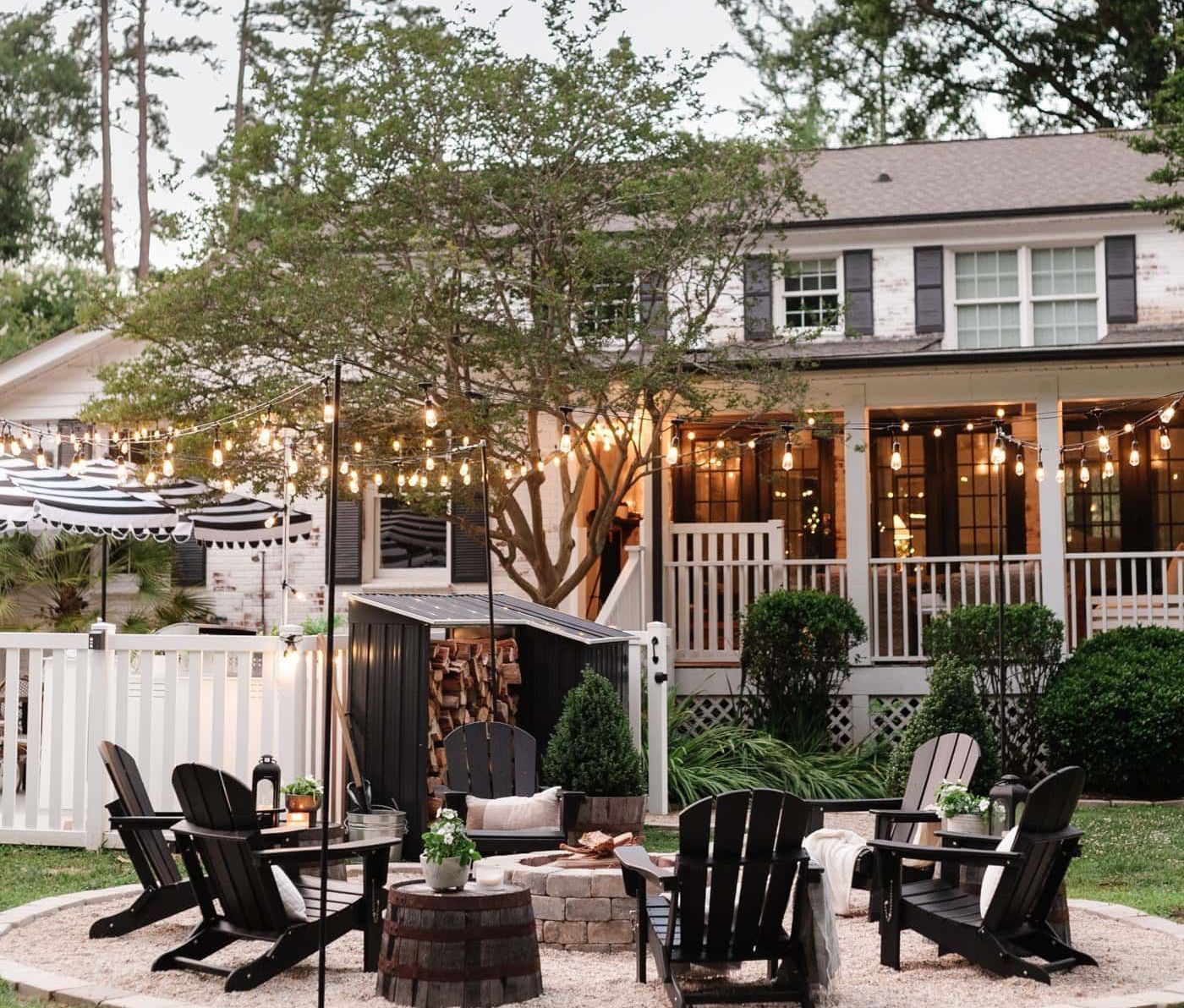
Here are ten ideas to inspire you:
Landscaping Refresh: Start by sprucing up your outdoor space with some landscaping improvements. This could involve planting colorful flowers, trimming bushes and hedges, and refreshing mulch or gravel in flower beds. A well-maintained yard can significantly enhance your home's curb appeal.
Exterior Painting: Give your home a facelift by painting the exterior. Choose a fresh, modern color to update the look of your home and make it stand out in the neighborhood. Be sure to prep the surface properly before painting to ensure a long-lasting finish.
Deck or Patio Renovation: If you have a deck or patio, spring break is the perfect time to give it some attention. Clean and seal wooden decks, repair any damaged boards, and add fresh stain or paint for a polished look. Consider adding outdoor furniture or accessories to create a welcoming outdoor living space.
Indoor Painting: Refresh the interior of your home with a fresh coat of paint. Choose light, airy colors to brighten up the space and make rooms feel larger. Don't forget to patch any holes or cracks in the walls before painting for a smooth finish.
Kitchen Updates: Upgrade your kitchen with some simple updates over spring break. This could involve painting cabinets, installing a new backsplash, or updating hardware for a fresh look. Consider adding under-cabinet lighting or a new faucet to enhance functionality.
Bathroom Remodel: Tackle a small bathroom remodel project over the break. Replace outdated fixtures, install a new vanity or sink, and add fresh caulk or grout to make the space feel clean and modern. Even small changes can make a big difference in the overall look and feel of the room.
Closet Organization: Take advantage of the extra time at home to declutter and organize your closets. Install shelving or storage systems to maximize space and keep belongings neat and tidy. Donate or discard items you no longer need to free up space and reduce clutter.
Energy Efficiency Improvements: Make your home more energy-efficient by tackling some simply upgrades. Install programmable thermostats, replace old windows with energy-efficient models, and add insulation to improve heating and cooling efficiency. These improvements can help lower utility bills and reduce your environmental footprint.
Smart Home Upgrades: Upgrade your home with smart technology for added convenience and security. Install smart thermostats, door locks, or security cameras that you can control from your smartphone. These upgrades can enhance your home's functionality and provide peace of mind while you're away.
DIY Projects: Finally, tackle some fun DIY projects to add personal touches to your home. Build a custom headboard for your bed, create a gallery wall with family photos, or make your own artwork to display throughout your home. Get creative and have fun with it!
Spring break is the perfect time to tackle home improvement projects, whether big or small. Use this time to enhance your home's appearance, increase its functionality, and make it more enjoyable place to live. With some planning and effort, you can transform your home into the haven you're always dreamed of.


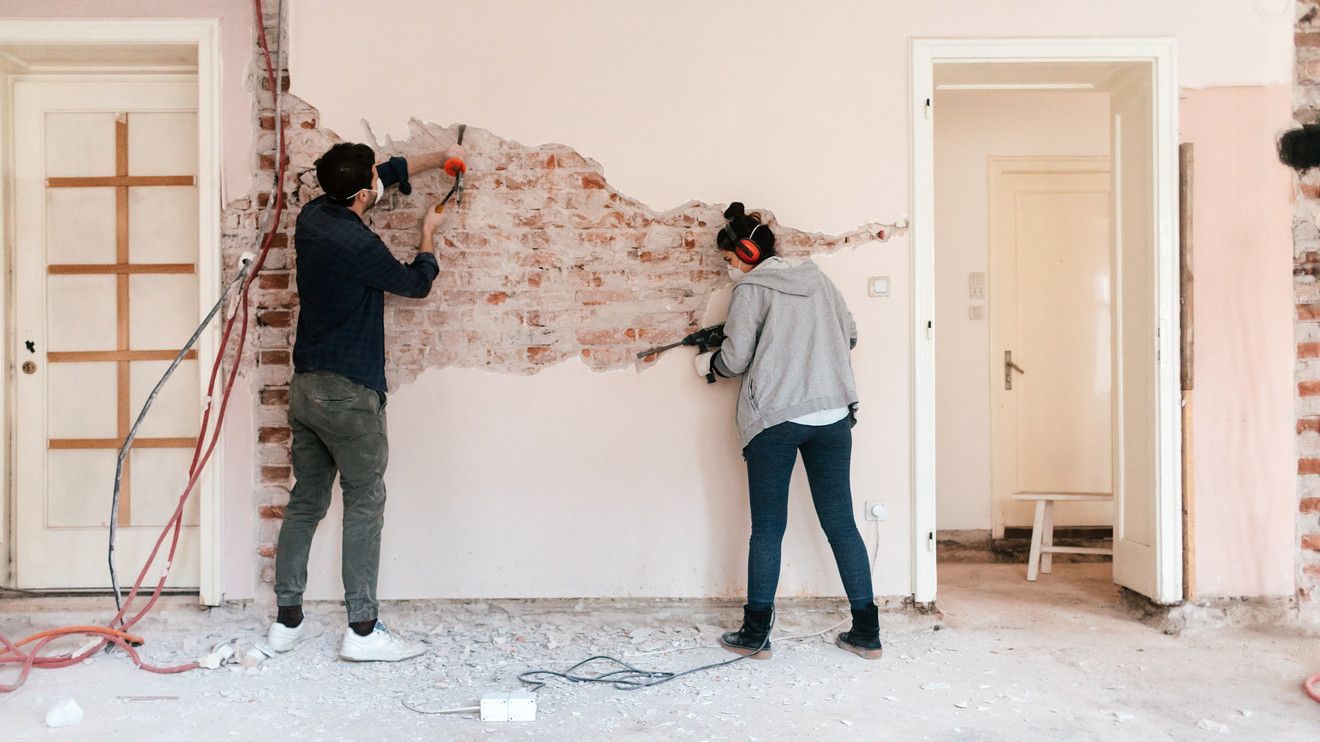

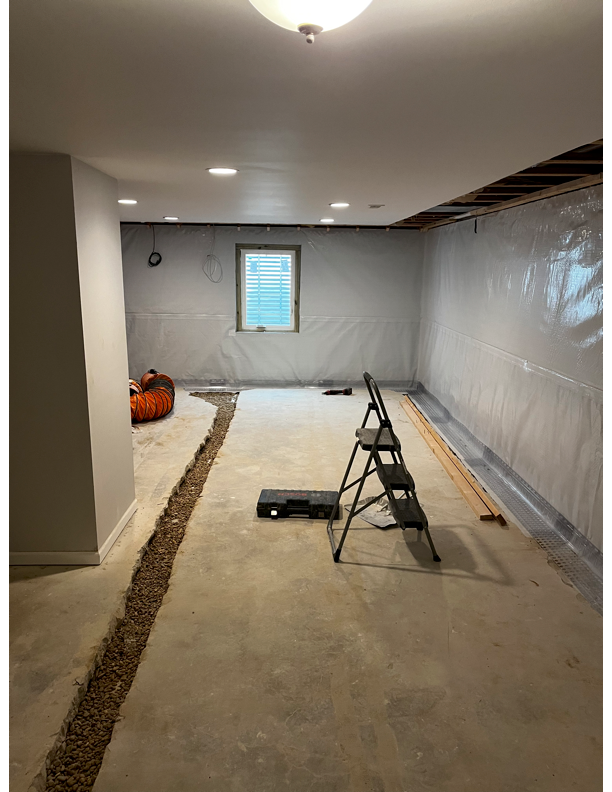
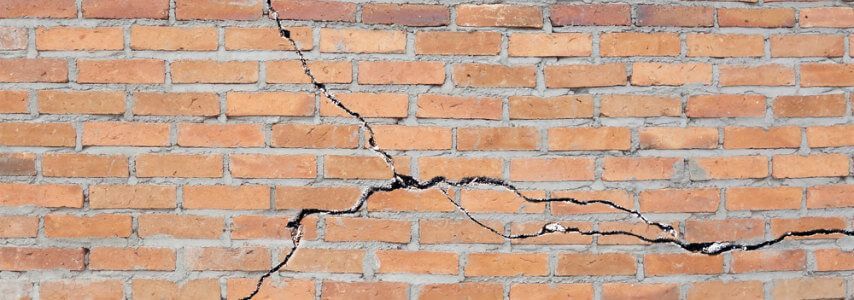



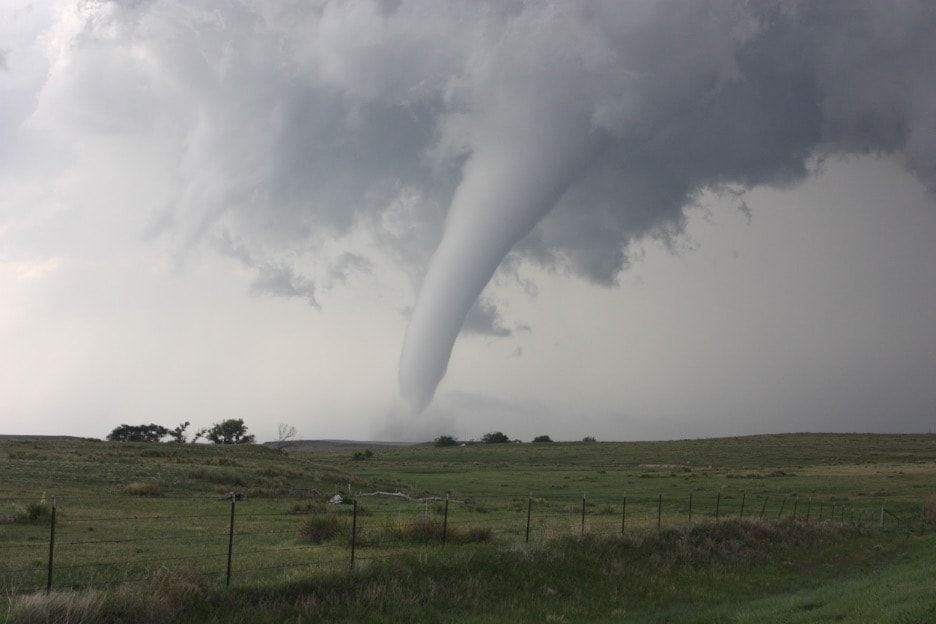
HAVE PEACE OF MIND WITH IWP FOUNDATION REPAIR
With over 30 years of combined experience in the business, you know that you can trust our team to get the job done right the first time. We value the customer experience, which is why we take the time to listen to your concerns, answer all your questions, and explain the best plan of action for your home. If you’ve noticed any foundation issues at all, no matter how minor they seem, you should call a professional. Our expert team is waiting for you, so call today for a free evaluation!
